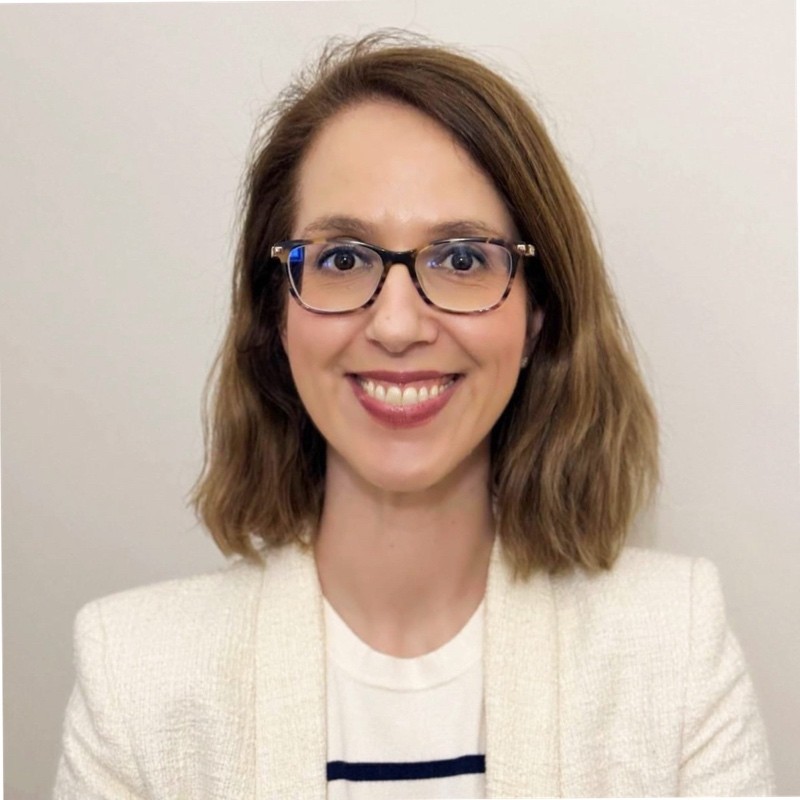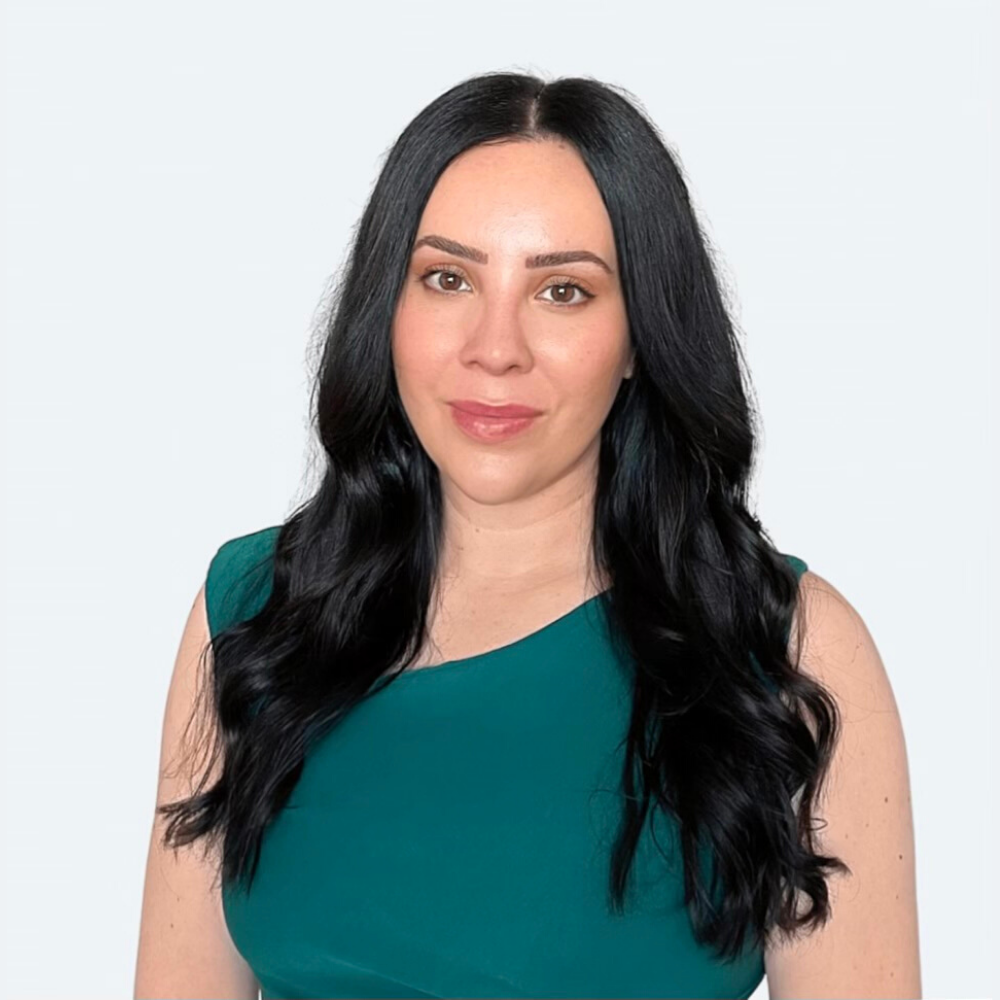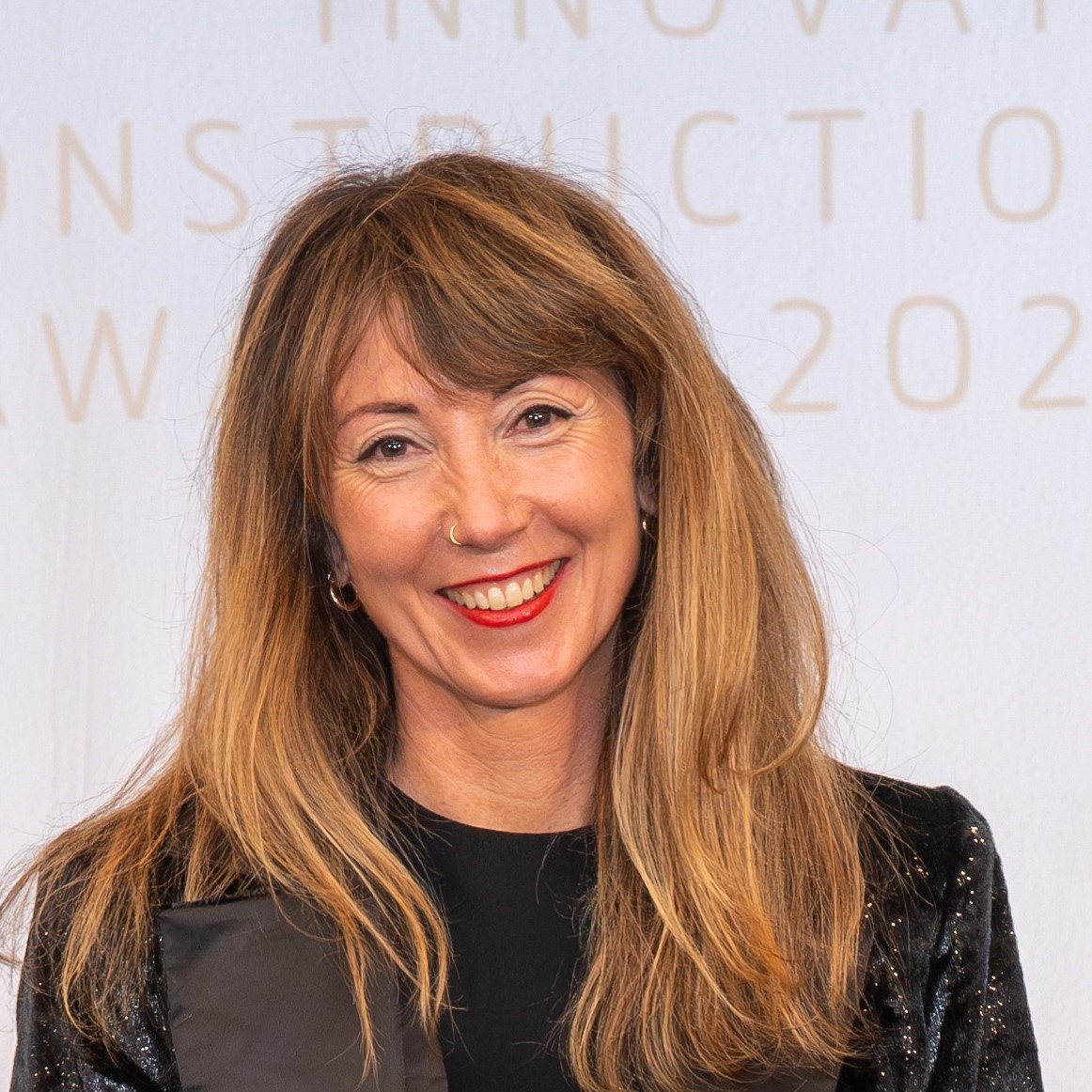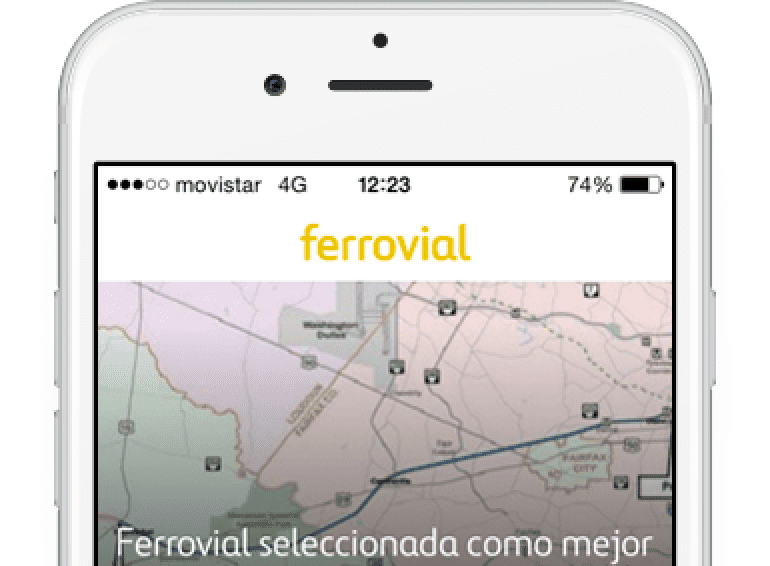Alicia, Cristina, Laura and Lucía are in charge of implementing the platforms, applications, processes and data management systems that enable Ferrovial to operate in the digital world. It’s a huge and unending task, and one that, in close cooperation with the business, will create value for customers and users while also providing a satisfactory experience for employees. Let’s get to know them and find out about the challenges they face in making Ferrovial future-proof.
Two telecommunications engineers and two computer engineers face the enormous challenge of heading four of the key areas in Ferrovial’s digital transformation. A transformation that entails a cultural change and a new approach to work, without losing the company’s essence. Strengthening the efficiency of the business units and value creation while boosting the company’s competitiveness and protecting it against competitors that we cannot even imagine today.
To begin with, let’s see how Ferrovial approaches this journey. Lucía Flecha, Head of Digital Transformation, believes that processes must be transformed and the company must be digitalized to achieve efficiencies, while maintaining a balance between efficiency and customer satisfaction.
“You can implement technology but, if you don’t change the process and you don’t ensure that the technology is adopted, you don’t achieve the impact. You can attain the efficiency goal, but a company’s medium-term objective is evidently to create value,” says Lucía.
For Chief Technology Officer Laura Garrido, Ferrovial’s products and services will incorporate a very large digital component in the future. “In order to do that, we need to build this platform that will enable all these new digital products and services to be built as quickly as possible, while obviously fulfilling all the security requirements, etc.,” she says.
While supporting the business in this transformation, she also has to provide a different experience for employees, in terms of the tools they work with. That is, providing the workers with all the tools (devices and applications) they need to perform their work in a more agile and efficient way and with more information to manage.
Technology will form part of every employee’s day-to-day
Alicia Henares, Director of Applications and Systems, notes one of the key issues in this process: proximity to the business. In her opinion, “the closer you are to the business area, the better the things you create together, because the value comes from dovetailing technical ideas. The more of that you have, the better the match with the business”.
IT has long had a tendency towards industrialization. Customers and users have had to adapt to platforms, but new users no longer accept this approach, and that is one of the barriers that this transformation will break down. Getting closer to the end user, to the customer, to the business, will lead to better understanding of their needs in order to create platforms that are adapted and customized, mainly in the areas where the company has distinctive intellectual property.
Cristina Cruz, CDO & Architecture Director, sees data as an increasingly fundamental part of decision making to expand the business and to decide where the company is headed. Data helps us make better decisions and we are increasingly looking outward, to see what types of organizations and companies provide us with data about our market, competitors, partners and associates, grant and funding opportunities, and risk.
“Ferrovial’s most strategic decisions will be guided by data, enabling more informed decisions,” says Cristina.
Other industries are already familiar with the use of processes, platforms, applications and data management. In some cases, this has produced major disruptions and even jeopardized companies that did not make the right decision at the right time. For example, the conventional mass media have been disrupted by new digital competitors that have transformed the industry’s business model and revenue streams.
In Lucía’s opinion, the disruption is not so clear in our industry. Therefore, taking technology and innovation a step further can help us differentiate ourselves in the marketplace.
In construction, for example, there are site management and administration processes where digitalization will provide greater efficiency and reduce risks.
“There is a very clear opportunity that is closely linked to business objectives, improving margins and effectiveness, and reducing risk. But I think there is a lot of work to be done in the process of adoption, communication, etc., and in change management to ensure the technology is adopted,” says Lucía.
We must expand Ferrovial’s DNA into a network, a diaspora
Alicia agrees that we are beginning to take steps in this direction. “We have to be more agile and we have to transform. We must advance our technology platforms and our work processes, as well as procedures that will enable all of that to happen while still being financially efficient.”
However, this does not mean that Laura does not value the work done so far, which is why she highlights what it was like when she joined Ferrovial a few years ago. “I had a preconceived idea of a traditional Spanish construction company but, when I arrived, I found that the business here is very advanced and the company is investing heavily. It turns out Ferrovial sees innovation and technology as important areas and it’s investing there.”
Cristina agrees. She believes the company is evolving and that Ferrovial has been innovating in leaps and bounds for years. She considers we are increasingly open to trying new things in the corporate world. “We have been making changes and trying new things for a long time. Big Data, IoT, drones, 3D printing and robotics show that we are open to change.”
The company is increasingly taking the lead in the main market trends and understands technology as something that can provide a competitive advantage and that can be disruptive — both positively and negatively — meaning that it’s important to be alert to developments and not miss opportunities.
“I think we have a very good foundation, in the sense that we have developed capabilities and skills and have a clear vision, but we still have a long way to go to digitally transform part of our business. I am optimistic because the foundations are in place and management is on board, so all we need to do is advance faster and faster,” says Cristina.
With her answer, Cristina raises an important question: the challenges facing the company in the coming years. All four have a broad professional background and have experienced major transformations in the telecommunications industry or have been involved in the creation of new operators that challenged the equilibrium in the industry.
Lucía believes that it is necessary to invest, but that you must have a clear idea of what processes to invest in and where to focus. You need to identify KPIs for this and work on the vehicles that can contribute to the business from the area she leads.
We must make life easier for the employee and his or her relationship with IT
Alicia sees controlled risk-taking as a key area, and believes the company has consistently demonstrated it is willing to do this as long as it offers meaningful returns.
Cristina points outside the industry, where the major challenges that will impact Ferrovial’s business can be found. There is no small enemy; start-ups, SMEs and large corporations anywhere in the world can pose a risk to the company.
However, Laura sees the major challenge as being inside the company, from two standpoints: building the core that supports the company’s transformation, and retaining the employee perspective. Her main goal is to make employees’ life easier. As a result, she is changing support processes and the way in which workers relate to IT.
We could not pass up the opportunity to ask them how they see their own colleagues, the people of Ferrovial.
Lucía and Alicia have not been at the company for so long; what caught their attention was their co-workers’ professionalism, work ethic and commitment. Lucía says that the company’s origins in innovation are visible and permeate all areas. Alicia notes the willingness to change in order to become a more agile company. Although Laura has been with the company for longer, she shares her colleagues’ opinion and also emphasizes the sense of belonging. “What’s striking is that many people will say ‘‘I am from Ferrovial instead of I work for Ferrovial’. Coming in from outside, you wonder how that was achieved. I think it’s admirable. You could almost say that the people coming in from other companies make the yellow more intense.”
We conclude by asking them about the Ferrovial of the future and they agree that the company will maintain its essence. They can’t imagine it any other way; however, each one of them has a specific viewpoint.
Lucía imagines it much more end-user oriented, with much more information and the ability to influence our end-user, in our airports, on our highways, in our smart cities. “I see a digital Ferrovial that will provide more safety and reduce risk, and we will be more competitive, not only when winning tenders also by maximizing value in project execution.”
Alicia also sees Ferrovial doing what is in its DNA and what it does very well. “I believe that we will continue to do what we do, but I think that innovation will form an increasingly important part of the backlog.”
Whoever has the best data and the best information is going to make the best decisions at any given time






